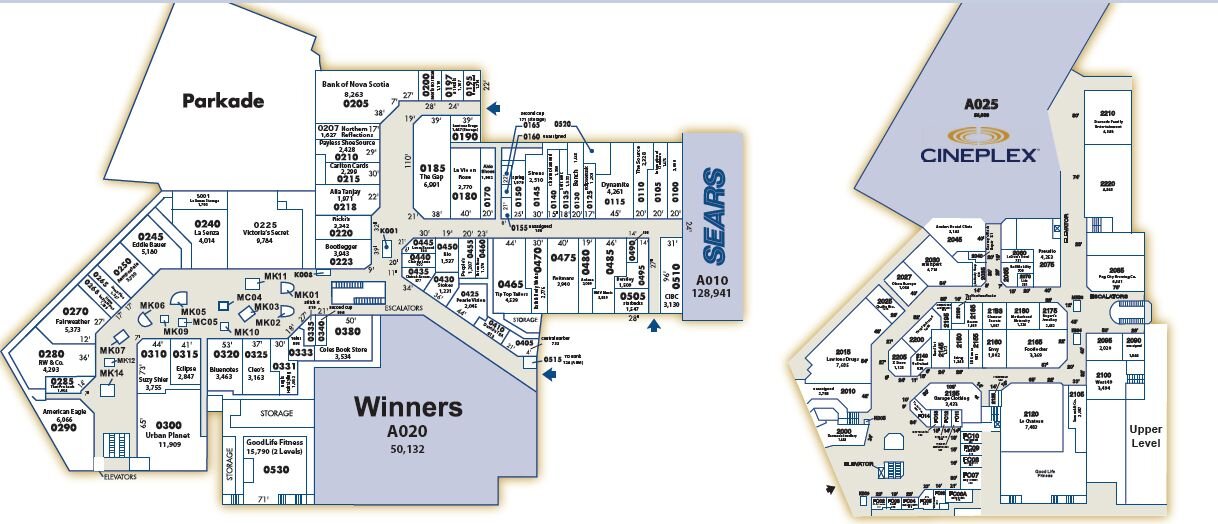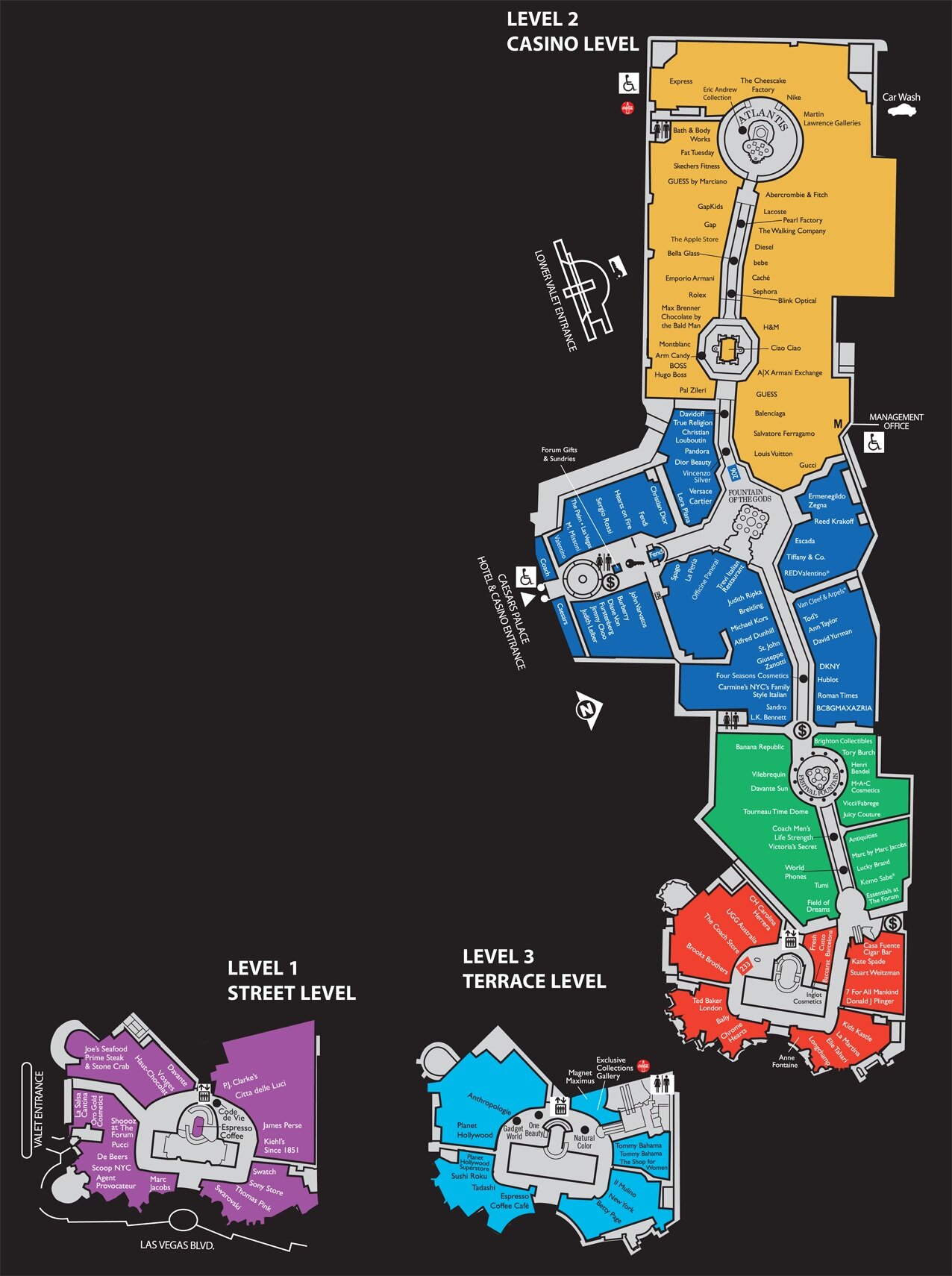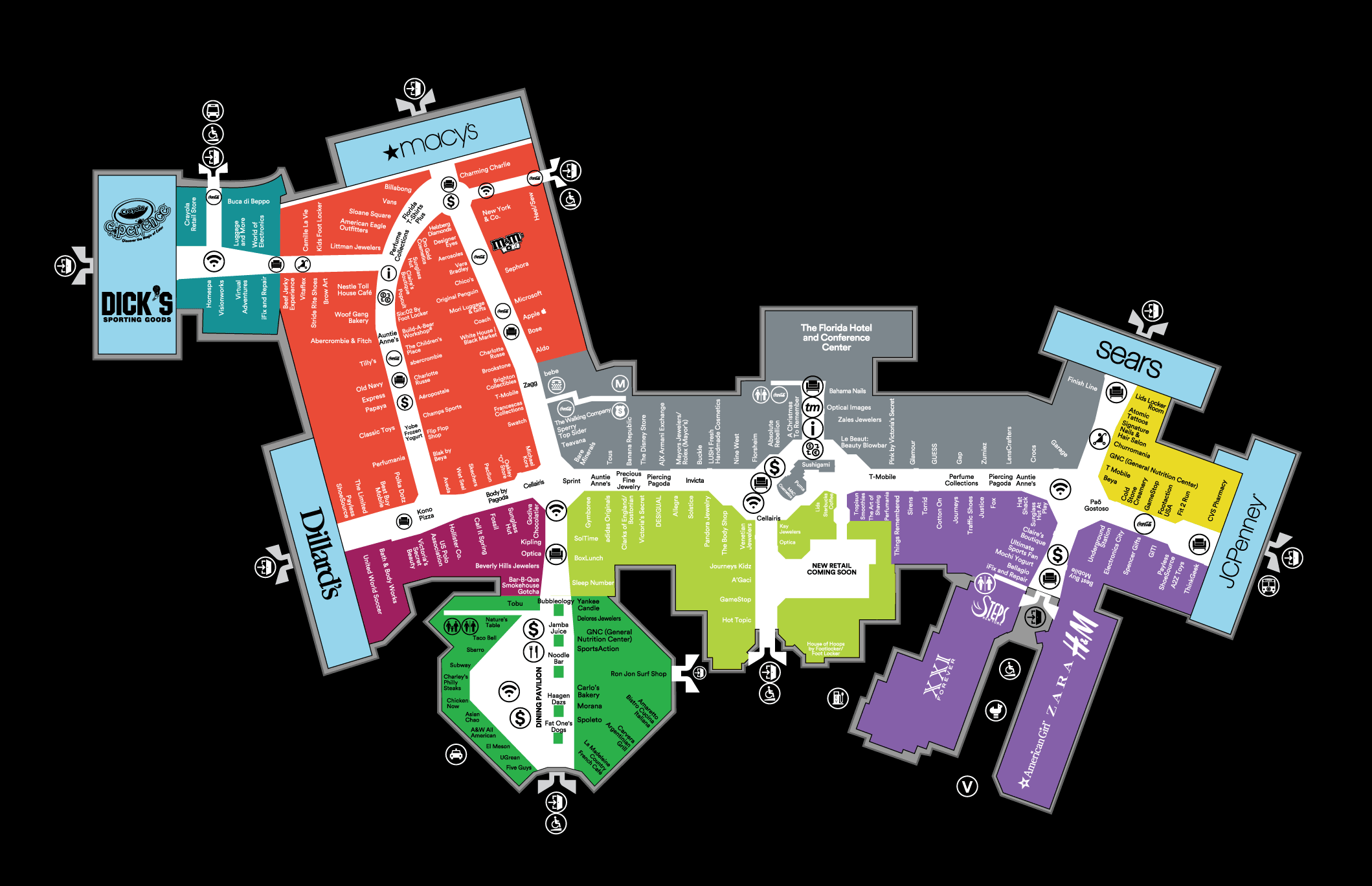Megadungeon Malls & Collaborative Caverns
It’s dungeon design season. Spring is in the air. Flowers are blooming, birds are chirping and referees are mastering their dungeons. Gus L. at All Dead Generations put out an absolutely essential primer on dungeon-building. Chris McDowall of Electric Bastionland fame put out his own take on Dungeon Design in video format. And I drafted a tweet about dungeon design that people seemed to like. It even got featured on the Humpday RPG Show from Thought Eater!
Herein, I present two methods for sparking dungeon design: one involving malls and the other involving pals. I am going to restate my tweet here and add some additional ideas on how to use it. I will also present a collaborative pre-dungeon game a referee can run with their players, based on the session zero world building procedures used in Perilous Wilds by Jason Lutes.
Megadungeon Malls
If you ever have to completely improvise a megadungeon (for some reason, may god have mercy), find a map of a large, asymmetric shopping mall, preferably with multiple levels for the layout. Don’t forget that there are all manner of employee-only corridors, offices, food court kitchens and other areas in the “empty” spaces of mall maps, which are excellent opportunities for hidden doors, secret rooms and furtive passages. Airports or university buildings also have maps that may spark a dungeon master’s inspiration, but malls are ideal dungeon inspiration. Dungeons are, at their core, abandoned structures built by past generations for some forgotten purpose, and I’ll be darned if that doesn’t also describe local malls these days.
Mall maps can inspire both the layout of the dungeon, but also the contents of the rooms. Find the directory and use individual stores as loose prompts off of which to riff. American Eagle? Maybe the nest of imperialistic birdfolk. Hot Topic? A cult popular with the youth in the nearby village. Etc. Consider including a couple dungeon-merchants as well. In a large enough megadungeon, some enterprising merchants will be on hand in the safer areas to offer spare ropes or torches at unscrupulous mark-ups. Consider history and factions throughout play, jotting down thoughts (especially thoughts from your players). After the first session, you can ossify these loose connections into something solid enough for long-term play. I don’t necessarily recommend improvising a whole megadungeon. But if you simply must, a mall isn’t a bad place to start.
Collaborative Caverns
Collaborating with the players to prompt aspects of a dungeon is a great way to get players invested. Referees understandably become invested in the worlds they build, but players tend to care less. Perilous Wilds proposed a collaborative mapping mini-game during session zero, and I have used a variant of that method in a handful of campaigns. In each, the players got really invested in the history and “lore” of the world in ways hitherto unknown to me. I suspect the same method would elicit the same results when applied to dungeons. I would only attempt this for megadungeons, which are dungeons with multiple levels and which you expect the players to delve multiple times to fully explore. I expect this won’t be to everyone’s taste and liking, but it may interest those with a more collaborative, improvisational approach to running dungeons. If you don’t want to break the fourth wall, these steps represent the players gathering information and rumors about the dungeon at the tavern in a nearby settlement. All of the players’ answers about the dungeon are presumably true but may just be rumors believed by the rubes in town.
On the session before players expect to first explore the dungeon, conduct the following steps. If the directions cause any player to answer a question twice before any other player has not answered a question yet, skip that player and ask a player who hasn’t answered a question yet. Alternatively, just open up these questions to the entire table; everyone can jump in and come up with the answers together.
Step 1: What terrible thing keeps out all but the most daring adventurers? Ask the player whose character most recently had a near-death experience. The referee can use this answer to inspire monsters, traps or even an entire faction in the dungeon.
Step 2: Who or what in the dungeon dares to oppose that terrible thing? Ask the player whose character saved the other character from their near-death experience (or who most wanted to help, if no one did). This answer can help the referee to establish relationships between the dungeon denizens and is valuable information for players to exploit.
Step 3: What wondrous treasure awaits intrepid explorers at the lower levels? Ask the player whose character has the most valuable item. If this is true, it gives a motivation for the players to delve the dungeon. It may also be helpful in the referee’s efforts to determine the theme of the lower levels.
Step 4: Who else sought the wondrous treasure? How did they die in the dungeon? Ask the player whose character has the least valuable item. Despite this rumors, some survivors may remain trapped in the dungeon. This is also another opportunity to suss out dangers with which to stock the dungeon.
Step 5: What is the dungeon’s most frequently accessed entrance? Ask the player whose character is most frequently in front of the party’s marching order. Megadungeons have many entrances, so make sure this isn’t the only one, just the most obvious one.
Step 6: What other rumors about the dungeon have you heard? Ask any player who hasn’t answered a question yet. The player should offer a particularly noteworthy or provocative answer, but this answer is more likely to be just a rumor (or, more interestingly, half-true). If they aren’t sure what rumor to share, ask about who originally built the dungeon or about another aspect of the dungeon’s history. Repeat this step until all players have answered at least one question.
Collaboration inspires imagination. The answers to these questions should give the referee some fodder in designing their dungeon and invest the players in the dungeon, without “spoiling” the dungeon for the players. Like the mall idea, this is intended primarily to spark ideas. Why be a dungeon master, a lonely distinction, when you could be a dungeon collaborator?








